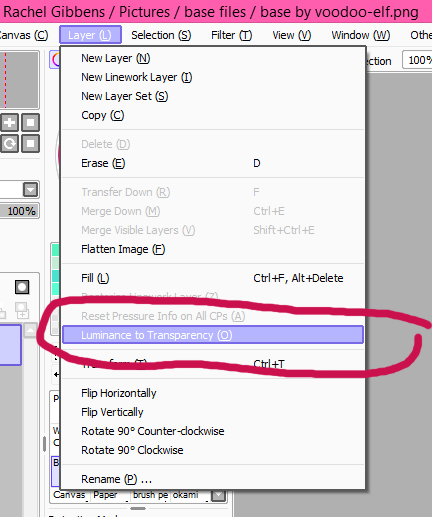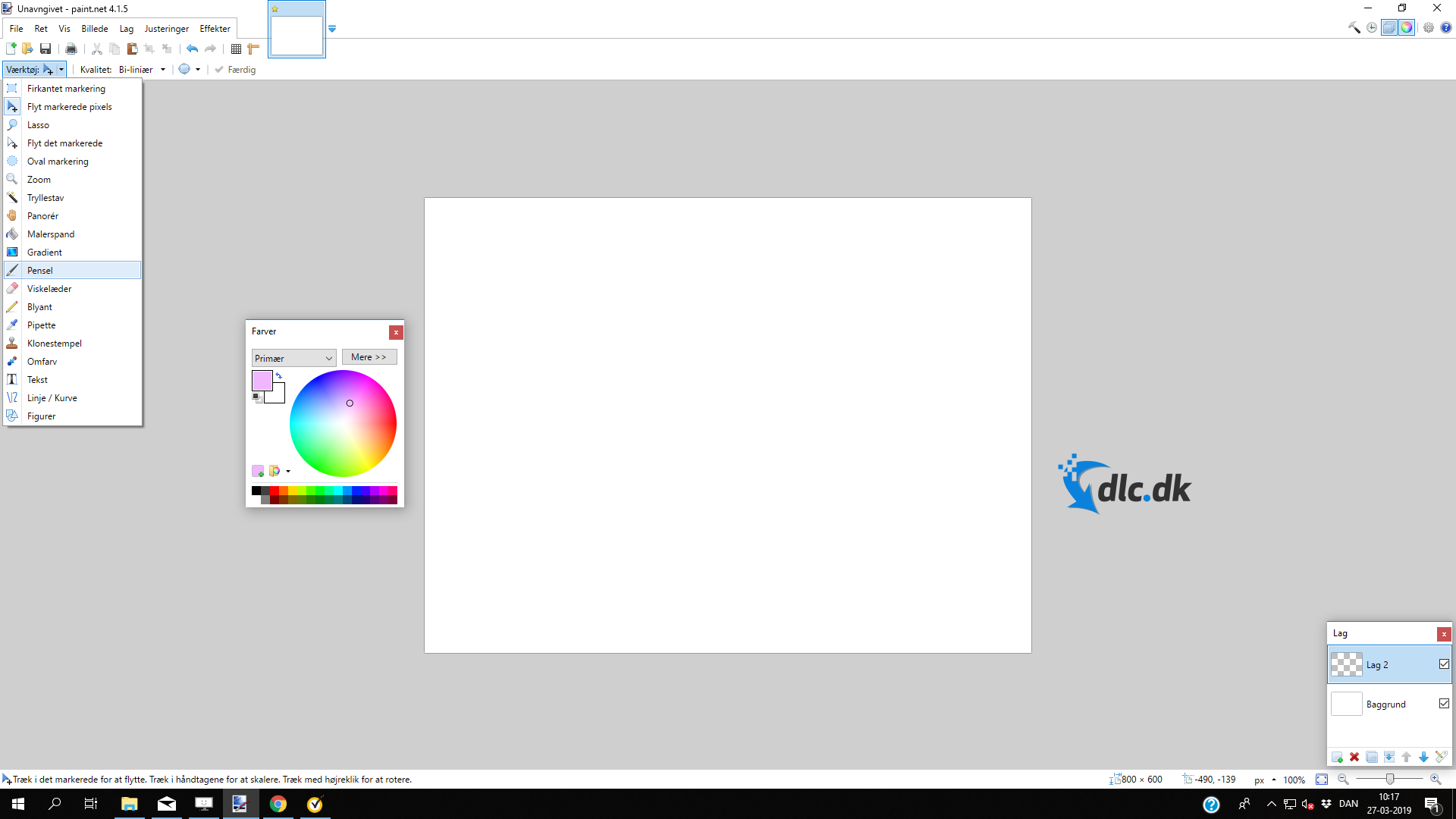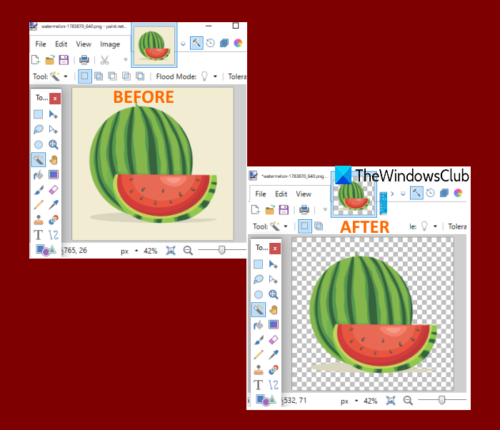

This, which is the same image I copied to a New Image. The gradient part will just demonstrate it smoothly.

fully transparent, Grey 127 Opacity, so half transparent, and White part 255 Opacity, so not transparent at all.

These will correspond to the Opacity values in an image it gets applied to, so the Black will be 0 Opacity a.k.a. We have this image I made as an alpha map. Let’s look at a simple example to visualize it: The above mentioned Alpha Mask is the actual image that gets used as an alpha layer for your texture, and when it’s applied, part of the image will turn transparent or half-transparent according to the black and white parts in the Alpha Mask. While it can use any type of image, even colored ones as an alpha layer, the channel will always be greyscale when it’s used as an Alpha Layer, so it’s more practical to create the Alpha Masks in black and white, so you even see the exact opacity values easier thanks to the RGB values being the same.

The Alpha Channel is present in any image supporting transparency, and it basically defines how transparent parts of the image should be using the RGB values in the channel. To make most use of the method above and have parts of the car body paintable ingame, you will have to utilize Alpha Masks, but first, a little introduction to the Alpha Layer or Channel itself. To make use of this section, you’ll need the Alpha Mask plugin, if you’ll work in. With some tweaking to Hue/Saturation I could find very close values the “Wildfire” livery used (RGB 254,133,13).īut be aware this method only works with certain colors, like blue or lime-ish colors, but usually tweaking the Lightness and Saturation after changing the Hue with Hue/Saturation, every color can work well. This is the way the Apachee’s “Wildfire” livery was made.įor the demonstrations below, I took the Wildfire livery, made it fully white with Hue/Saturation, and gave it an orange color with the Color Filter plugin I later tweaked. Works similiarly to Multiply, except in a way it takes the brightness values of the below layer, being body texture, and somehow applies it to the livery layer’s hue in an amplified way. This is very useful sort of ‘baking’ liverys onto an Ambient Occlusion baked body texture and if you want to replicate how vanilla game liverys look like, as they were probably made this exact way. This, when added to an above layer, takes the colors of the layer below it, and multiplies/mixes them together, making the above layer a sort of mask. They are best explained on their official page here, and it’s probably best to look at it in yourself for experimenting, but there’s one mode that’s universally used for almost all vanilla game liverys: Multiply Properties) on the Layers window, while having your desired layer selected. These can be chosen by clicking Wrench icon (a.k.a.
#Paint.net add transparency mods#
With that out of the way, it should be noted that these tips will be more focused for more novice users, who want to improve their work’s quality and/or create mods in similiar quality to the vanilla assets (or even better). So overall, thanks to it’s simplicity, it’s recommended for beginners, and thanks to it’s customizability it’s very useful to more advanced modders aswell. Such effects and adjustments can still be expanded thanks to ’s community based focus and customizable nature, with the help of plugins, some of which are very useful for modding this game.
#Paint.net add transparency free#
is a free program and relatively simple in terms of interface and UI compared to it’s other ‘rivals’, like Gimp or Photoshop, while still featuring many tools and features, like layers and effects.


 0 kommentar(er)
0 kommentar(er)
